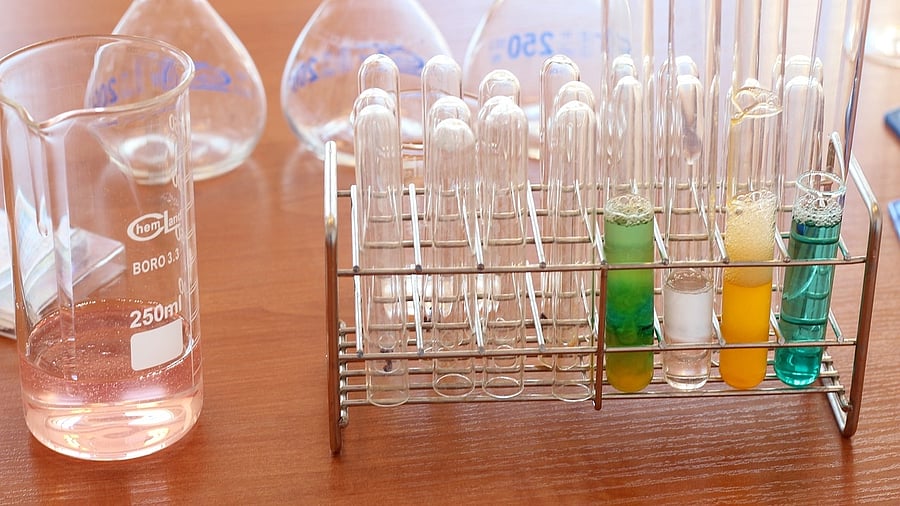
Colours surround us wherever we go, be it in the food we eat or the clothes we wear.
So why don’t we find out how to create some cool colourful art? Let’s take a look at some fun science experiments you can try this weekend. Even as you enjoy these activities you also get to learn scientific facts.
Which colour is hotter?
Materials needed:
3 thermometers
1 white A4 sheet
1 black A4 sheet
1 yellow A4 sheet
2 tin cans
Acrylic or poster paint (black, yellow and white)
Paint brush
Jug of water
Method
Find a safe spot in your house that gets direct sunlight. Place three thermometers on a flat surface. Ensure the thermometers are in good condition.
Place the white piece of paper on one thermometer, yellow paper on the second and the black paper on the third. Wait for 30 minutes.
While waiting, paint one of the empty tin cans white, paint one yellow and the other black.
Once 30 minutes have passed, note down the temperatures from each thermometer.
When the cans are dry, fill them with water. Next, place the cans in the spot so that they receive ample sunlight.
Place a thermometer in each can. Cover the white can with white paper, yellow can with yellow paper and black can with black paper. Again, wait for 30 minutes.
After 30 minutes, note down the temperatures from each thermometer. You will notice the thermometer from the black can has recorded a higher temperature than the others.
Science behind it
The colour black absorbs more sunlight compared to white or yellow. This converts to heat and increases the temperature. The colour white ends up reflecting more sunlight, rather than absorbing it.
Magic milk
Materials needed
1 medium-sized bowl
1 cup milk
Dishwashing liquid soap
Cotton swabs
3 food colours of your choice
Method
Pour the milk into the bowl. Make sure the bowl is placed on a flat surface as you want the milk to be as still as possible.
Put one drop of each colour in different places in the milk.
Dip the cotton swab in a tiny amount of soap, and use it to gently touch one of the colour droplets in the milk. You will notice the colour droplets expand in cool patterns across the bowl.
Using a new cotton swab, repeat the same on the rest of the colour droplets.
Science behind it
Milk has fat in it. When you add food colouring to milk, it floats on top of the fat. The fat molecules in milk are all connected, so when soap is added to the mixture, it breaks the bonds between the fat, allowing them to separate. This movement is noticeable due to the food colouring.
(Parental supervision recommended)
